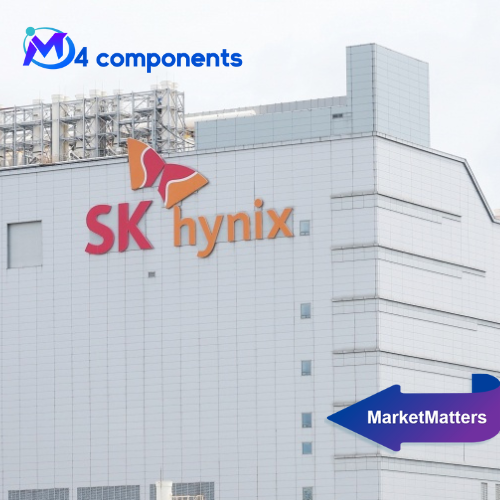HBM Power Shift: SK Hynix Overtakes Samsung in AI Memory Race
SK Hynix achieved historic highs in both sales and operating profit in Q2, driven by its leadership in High Bandwidth Memory (HBM) technology. As a key supplier to AI chip giants like NVIDIA, its HBM products capitalized on surging AI server demand, boosting pricing power and market share—even surpassing Samsung in the DRAM segment for the first time.
Samsung Electronics saw a 3% year-on-year drop in memory revenue, with its HBM share plunging from 41% to 17%. Challenges stemmed from U.S. export restrictions to China (triggering inventory write-downs) and delayed progress in HBM technical credibility, failing NVIDIA's quality tests.
SK Hynix’s high-margin HBM business fueled profit growth, while Samsung’s chip division posted operating profit of just ₩400 billion (vs. ₩6.5 trillion YoY), marking its first sub-₩1 trillion result in six quarters.
After a ₩3.4 trillion loss in early 2023, SK Hynix rebounded through HBM innovation, securing dominance in AI infrastructure. Samsung fell behind due to unstable HBM yields and slow client adoption. Analysts urge faster HBM3E certification and NVIDIA validation to compete in next-gen HBM4 markets.
Though SK Hynix holds a clear edge, Samsung and Micron are closing the gap, setting 2025–2026 as a critical window. Samsung’s $16.5 billion Tesla foundry deal may ease pressure, but regaining memory technology leadership remains pivotal. The "changing of the guard" in memory could reshape global semiconductor dynamics.









